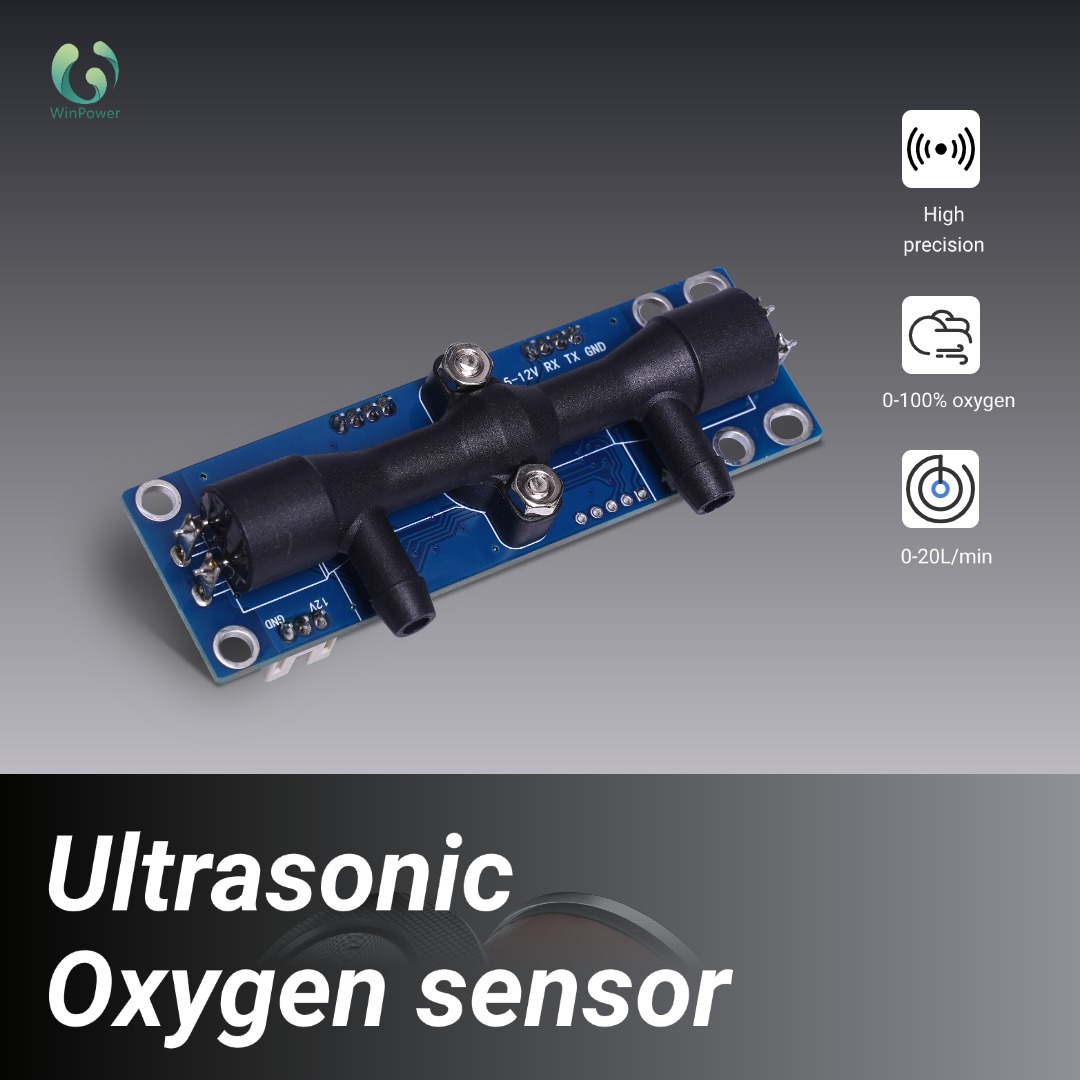
In scenarios such as medical emergency rescue, home oxygen therapy, and plateau oxygen supply, Pressure Swing Adsorption (PSA) oxygen concentrators act as "life-sustaining oxygen stations," delivering vital gas for maintaining the life activities of people with oxygen deficiency. Whether such equipment can stably output qualified oxygen hinges on the precise control of oxygen purity and nitrogen residual content in the produced gas. A rigorous testing process is not only a "physical examination report" for equipment performance but also the "first line of defense" for safeguarding the lives and safety of users.
Why Test Oxygen and Nitrogen? Understanding the Core Necessity from the Perspective of "Life Requirements"
The working principle of a PSA oxygen concentrator relies on the molecular sieve's selective adsorption property for nitrogen in the air. During the pressurization phase, nitrogen is adsorbed while oxygen is released; during the depressurization phase, nitrogen is desorbed to complete the cycle, ultimately separating high-purity oxygen from the air. However, issues such as molecular sieve aging, abnormal air flow control, and seal wear may occur during long-term use, preventing effective nitrogen adsorption. This, in turn, leads to a decline in oxygen purity and an excessive nitrogen residual content.
For patients dependent on oxygen therapy, insufficient oxygen purity directly impacts treatment outcomes. For instance, patients with Chronic Obstructive Pulmonary Disease (COPD) require long-term inhalation of oxygen with a purity of ≥90%. If the purity drops below 80%, it may increase respiratory burden and even trigger hypoxic complications. An excessively high nitrogen residual content poses an even greater risk: when the nitrogen concentration exceeds a certain threshold, it may mix with oxygen to form a "low-oxygen gas mixture," causing users to fall into an unconscious hypoxic state. The consequences are unimaginable, especially in nighttime oxygen therapy scenarios. Therefore, regular testing of oxygen purity and nitrogen residual content is the fundamental prerequisite for ensuring the "qualified oxygen supply" of PSA equipment.
Two Core Focuses of Testing: Key Indicators for Oxygen Purity and Nitrogen Residual Content
In the gas testing of PSA oxygen concentrators, two indicators are regarded as the "lifeline" and must be tested in strict accordance with national medical equipment standards (e.g., GB 8368-2022 General Technical Conditions for Medical Molecular Sieve Oxygen Generation Equipment):
1. Oxygen Purity: 90% as the "Qualification Line" and Stability as a "Hard Requirement"
According to standards, the oxygen purity of medical PSA oxygen concentrators must remain stably between 90% and 96% under rated flow. During testing, it is not only necessary to detect the instantaneous purity but also to conduct continuous monitoring for more than 30 minutes to observe whether there are fluctuations in purity. If the purity fluctuates significantly, it may be caused by a decrease in the adsorption efficiency of the molecular sieve or uneven air flow distribution, requiring timely troubleshooting.
2. Nitrogen Residual Content: Below 10% as the "Safety Baseline"
Nitrogen accounts for approximately 78% of the air. The core function of PSA equipment is to separate nitrogen; thus, the nitrogen residual content in the produced gas must be strictly controlled below 10%. It is worth noting that there is an "inverse relationship" between nitrogen residual content and oxygen purity: if the oxygen purity drops below 90%, the nitrogen residual content will inevitably exceed 10%. In such cases, the gas no longer meets medical standards and is strictly prohibited for use in patient oxygen therapy.
How to Implement Professional Testing? Comprehensive Guarantee from "Equipment" to "Process"
To accurately test the oxygen and nitrogen in PSA oxygen concentrators, it is essential to rely on professional equipment and standardized processes to avoid safety hazards caused by testing errors:
1. Core Testing Equipment: High-Precision Gas Analyzers as "Key Tools"
During testing, portable oxygen analyzers or gas chromatographs that meet medical standards are required. The former can quickly detect oxygen purity (with an accuracy of ±0.1%) and display real-time numerical changes; the latter can simultaneously analyze the content of oxygen, nitrogen, and other impurity gases, making it suitable for more precise performance evaluation. Before testing, the equipment must be calibrated to ensure the accuracy of detection data. For example, the analyzer can be calibrated using standard oxygen of known purity (e.g., 99.99% pure oxygen) to prevent instrument deviations from affecting the results.
2. Standardized Testing Process: Full-Process Control from "Preparation" to "Recording"
Before testing, the PSA oxygen concentrator must be turned on and preheated for 30 minutes. Only after the equipment operates stably can it be connected to the analyzer. During testing, it is necessary to simulate actual usage scenarios and conduct tests under different rated flows (e.g., 1L/min, 3L/min, 5L/min) to ensure the equipment meets standards across the entire flow range. After testing, each set of data must be recorded in detail, including testing time, flow rate, oxygen purity, and nitrogen residual content. A complete test report should be formed to provide a basis for equipment maintenance and overhaul.
The "Life Value" Behind Testing: Ensuring Every Breath of Oxygen Is Safe and Reliable
For the elderly undergoing home oxygen therapy, workers operating on plateaus, and medical staff at emergency sites, every breath of oxygen output by the PSA oxygen concentrator carries "safety" and "hope." Regular testing of oxygen purity and nitrogen residual content is not only a form of maintenance for equipment performance but also a demonstration of respect for life and health. It can promptly identify potential equipment faults, avoid health risks caused by substandard gas, and allow users to breathe every breath of "qualified oxygen" with confidence when in need.
In the future, with the popularization of PSA oxygen concentrators, gas testing will become a "routine practice" in equipment maintenance. Every rigorous test is a fulfillment of the commitment to "guarding life" — enabling technology to serve health and turning every PSA device into a reliable "life-sustaining oxygen station. This is precisely the most profound significance behind oxygen and nitrogen testing.

